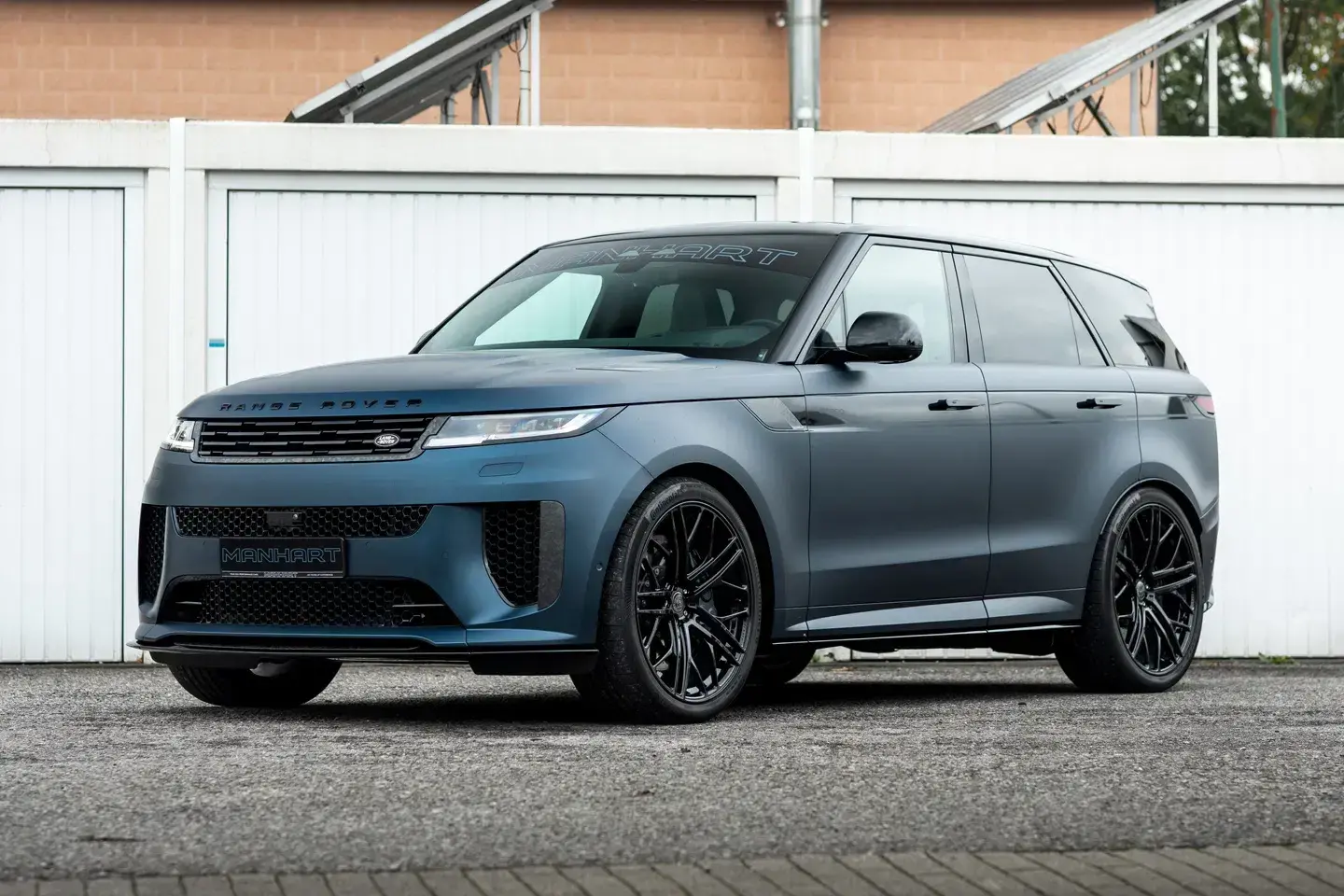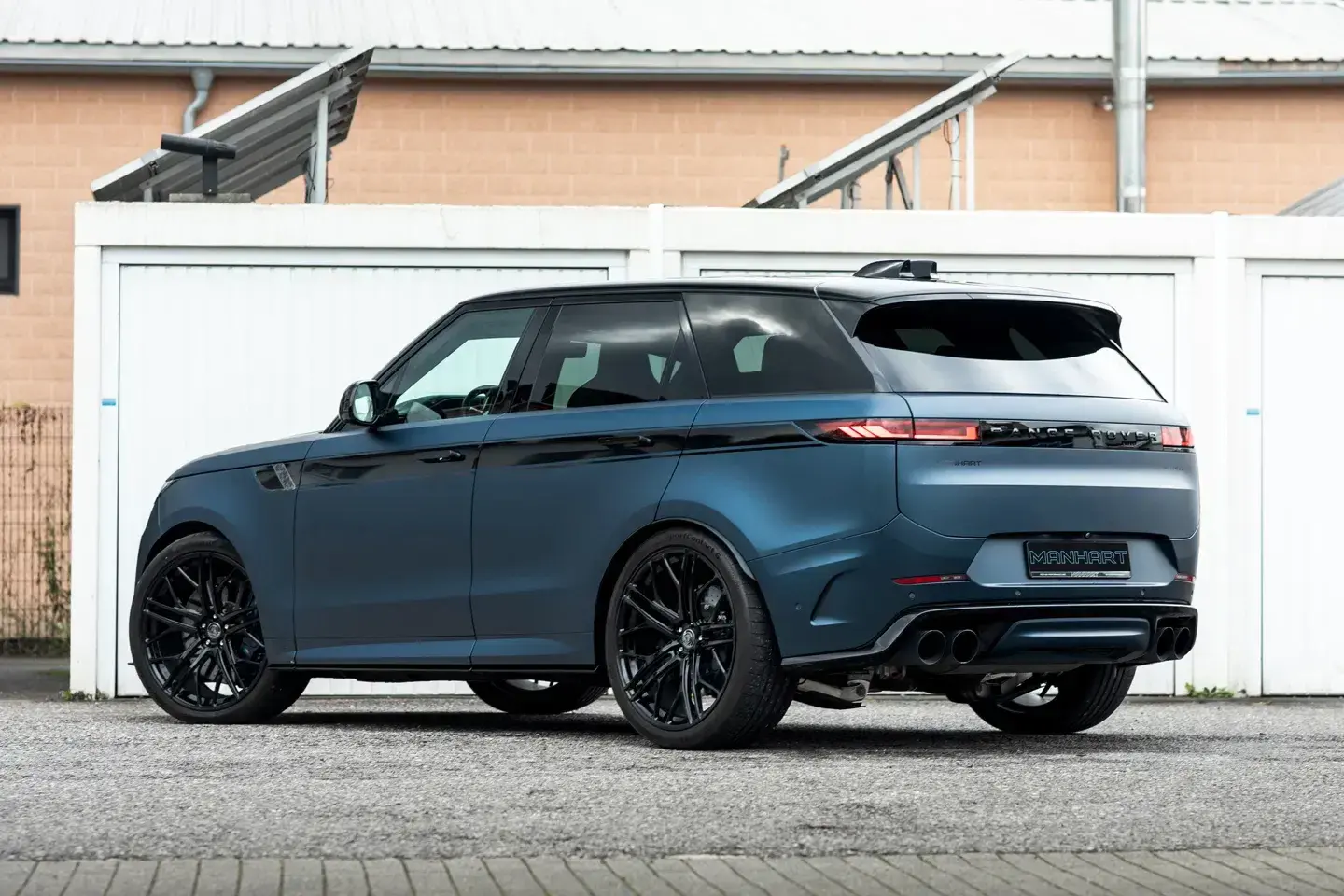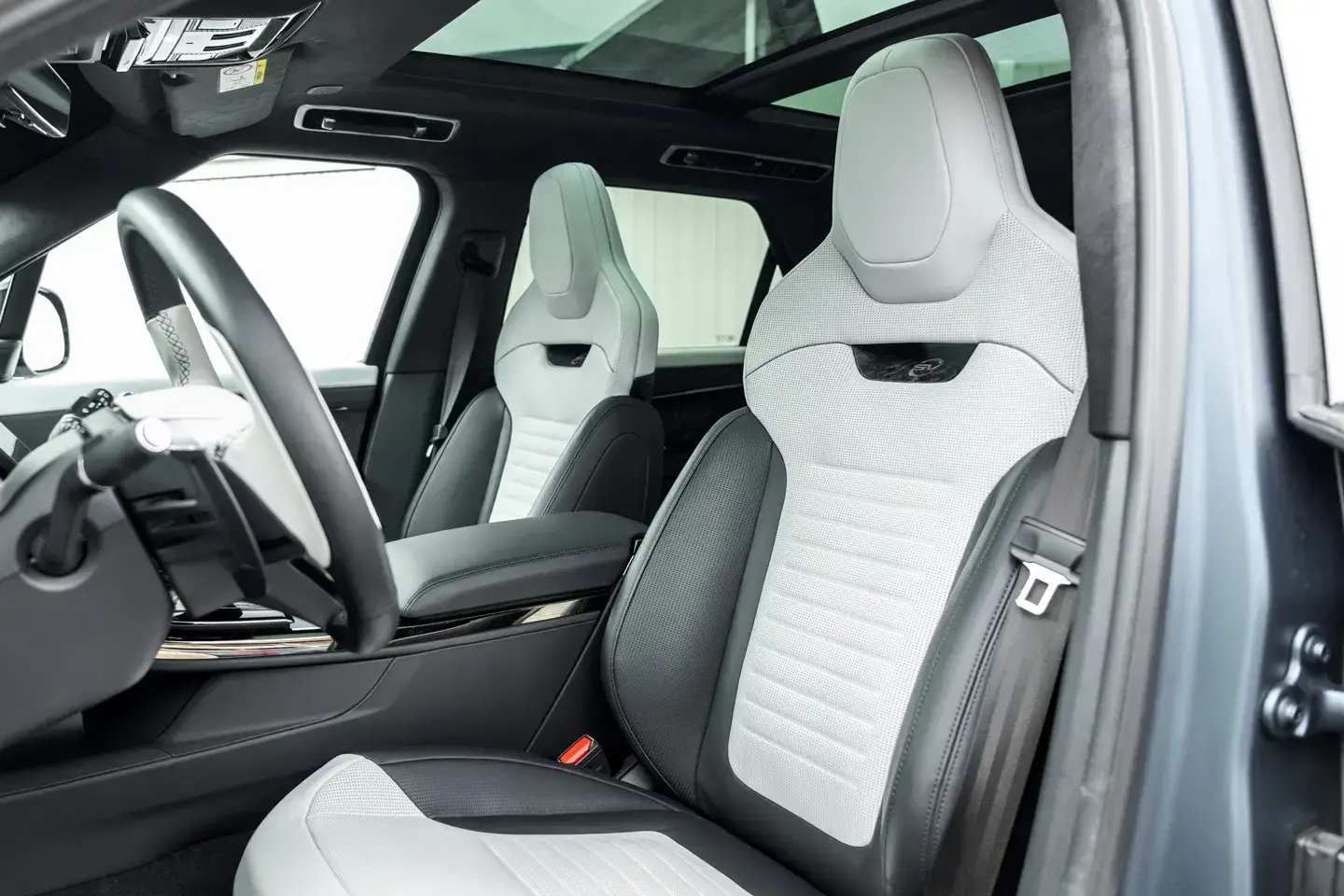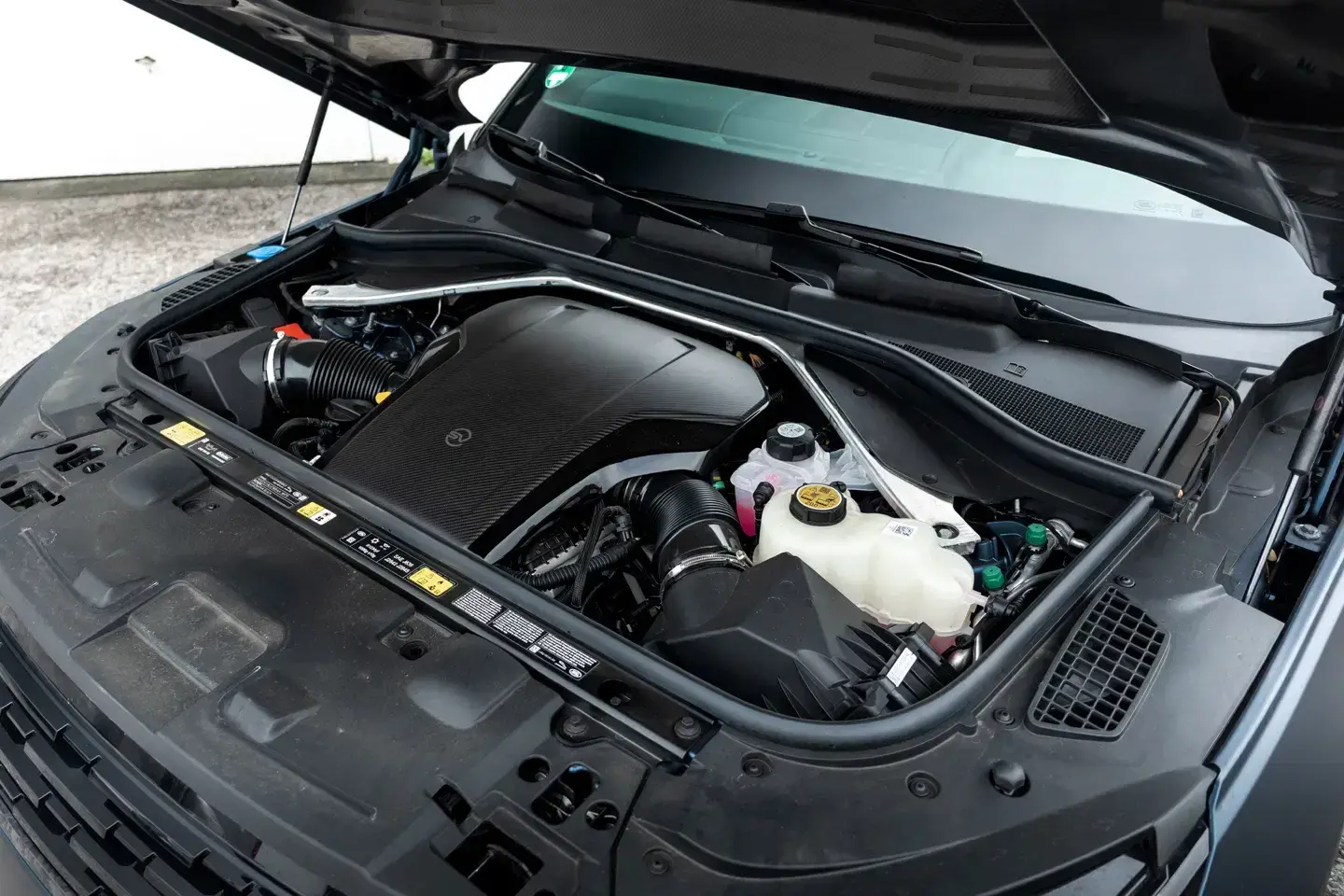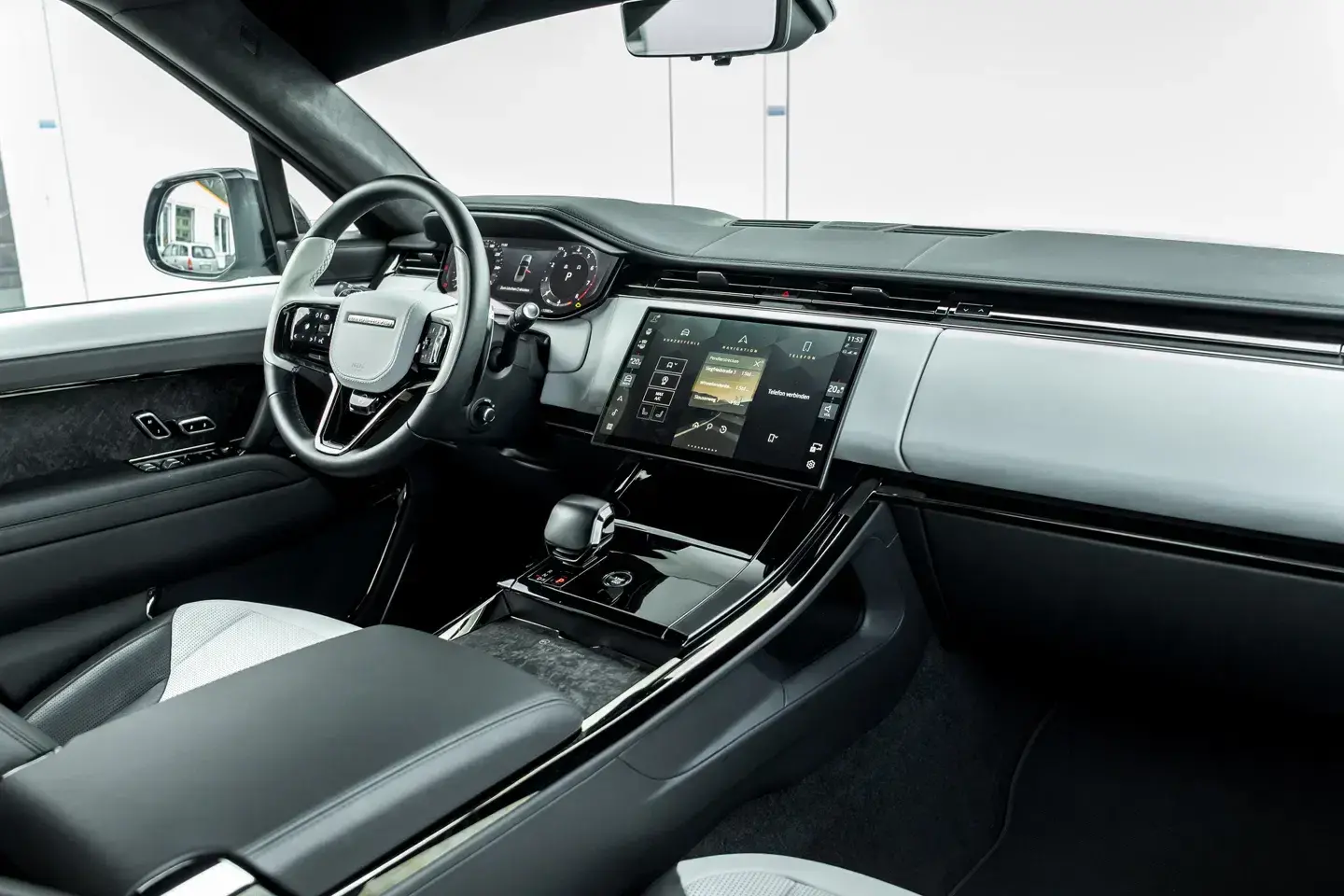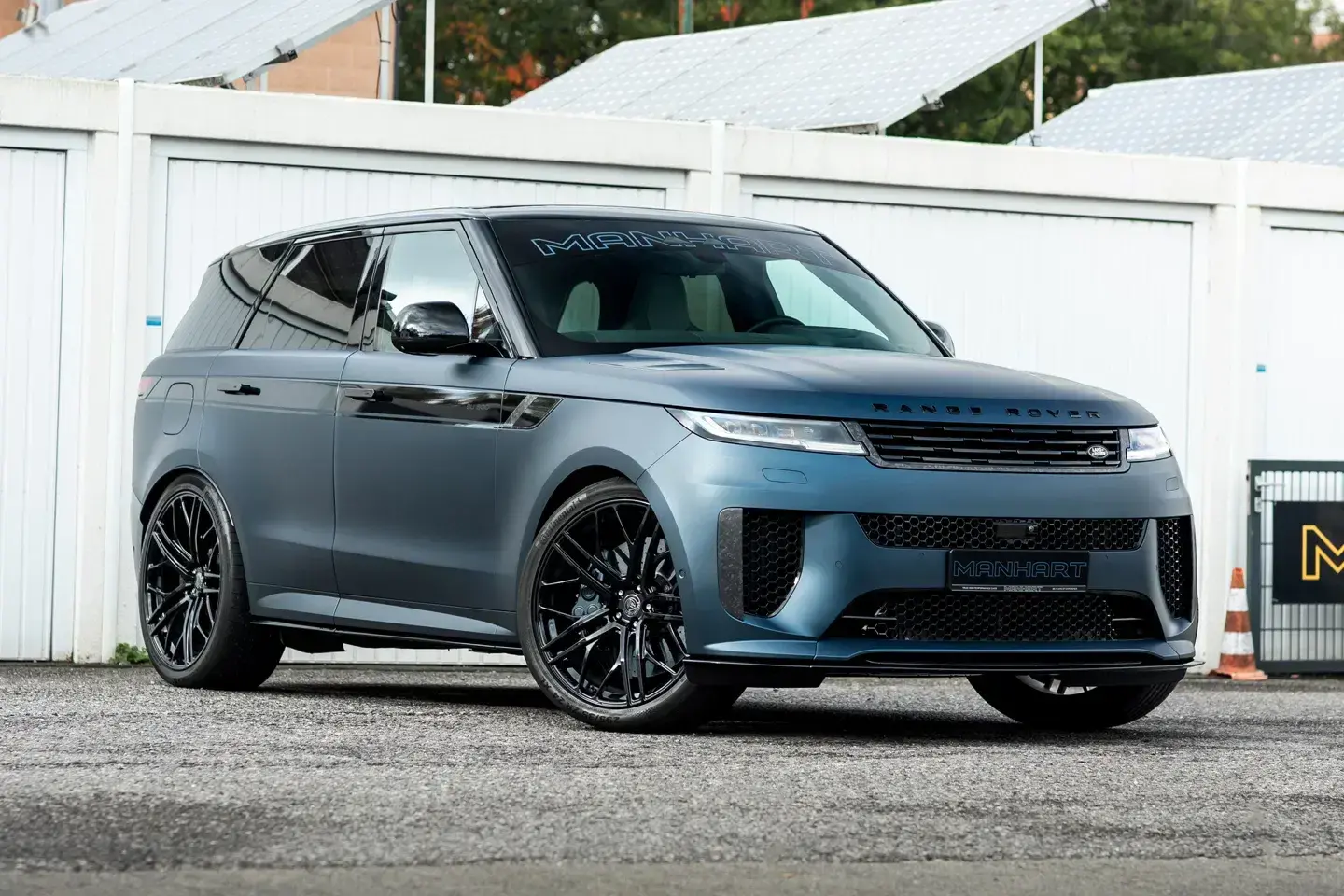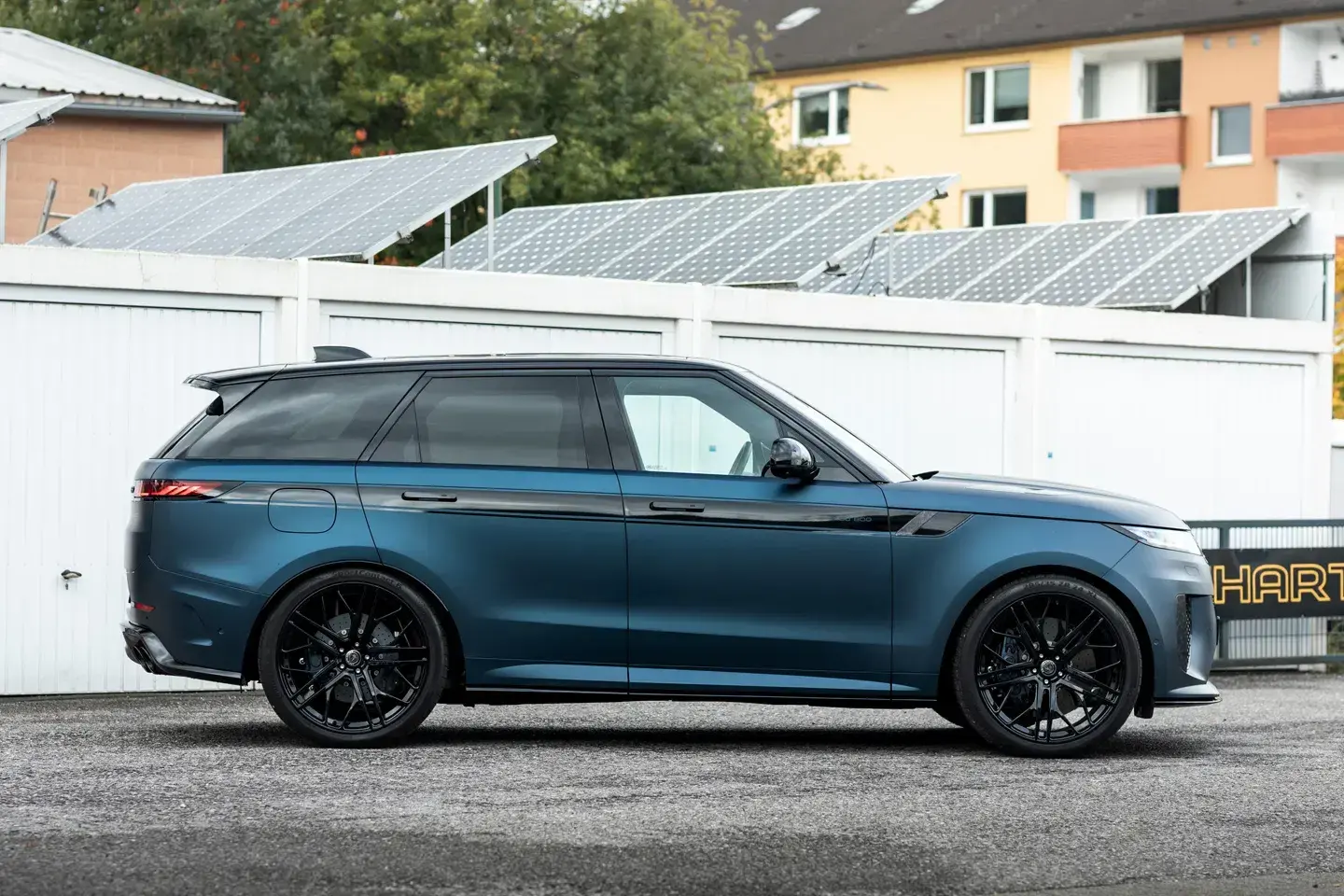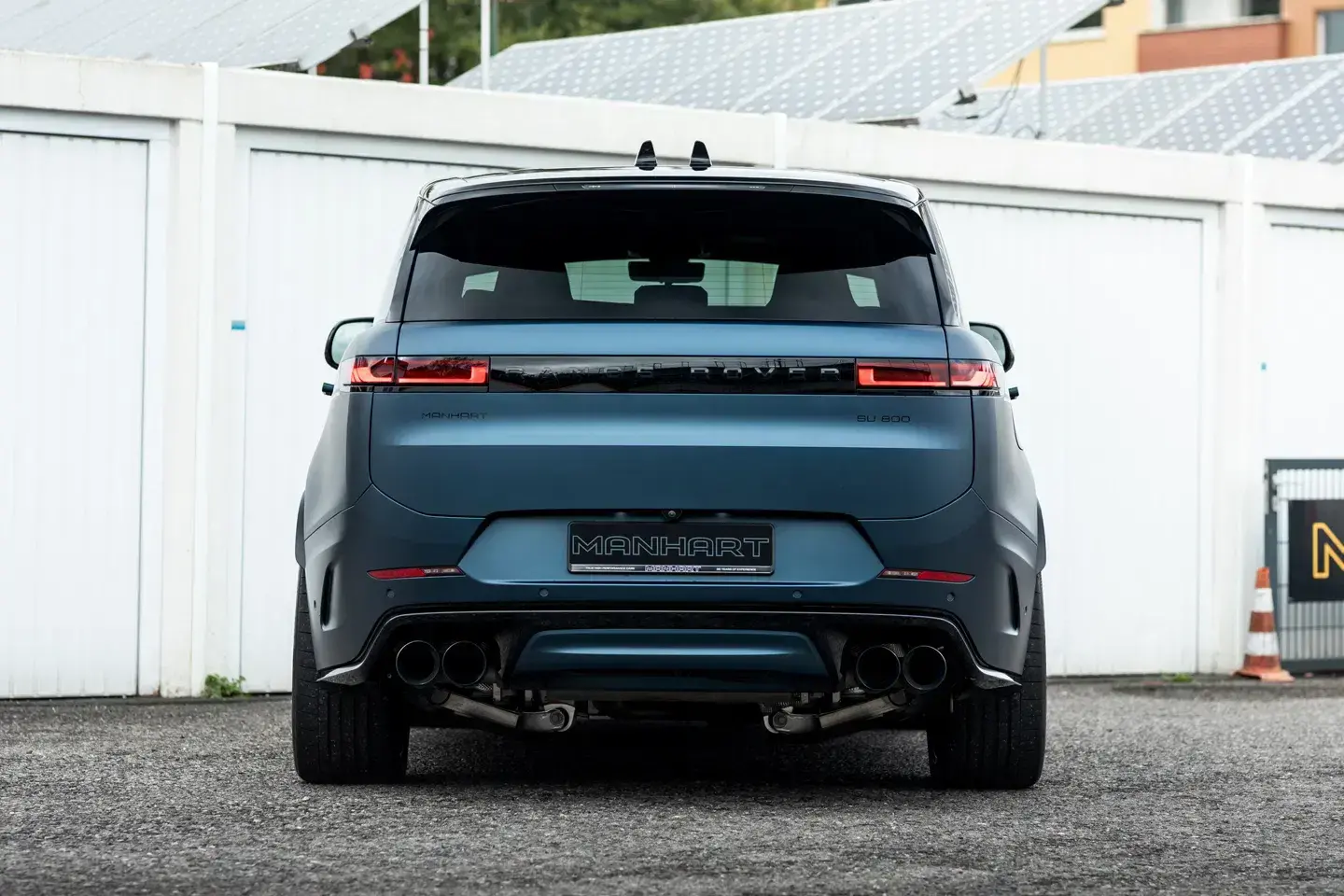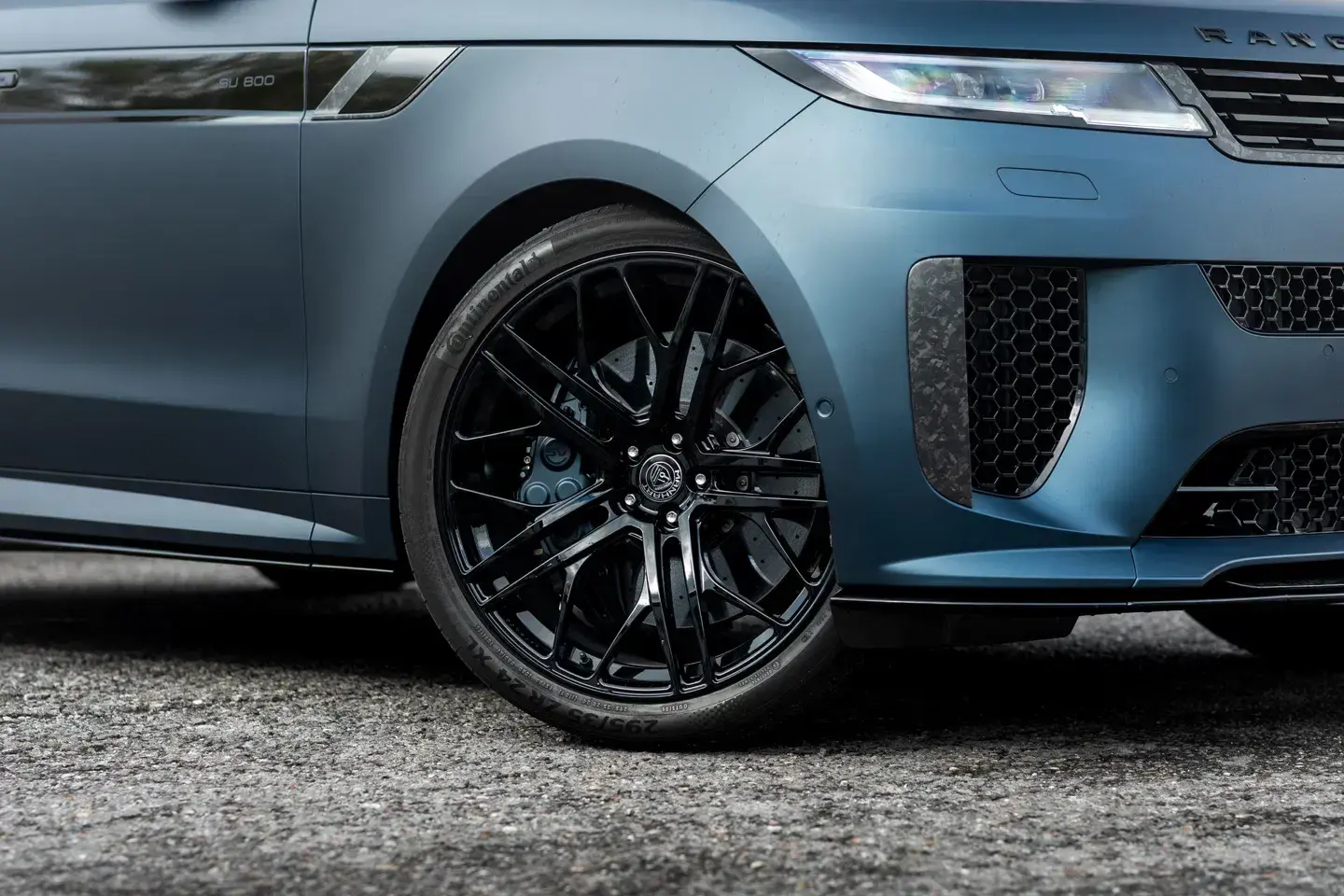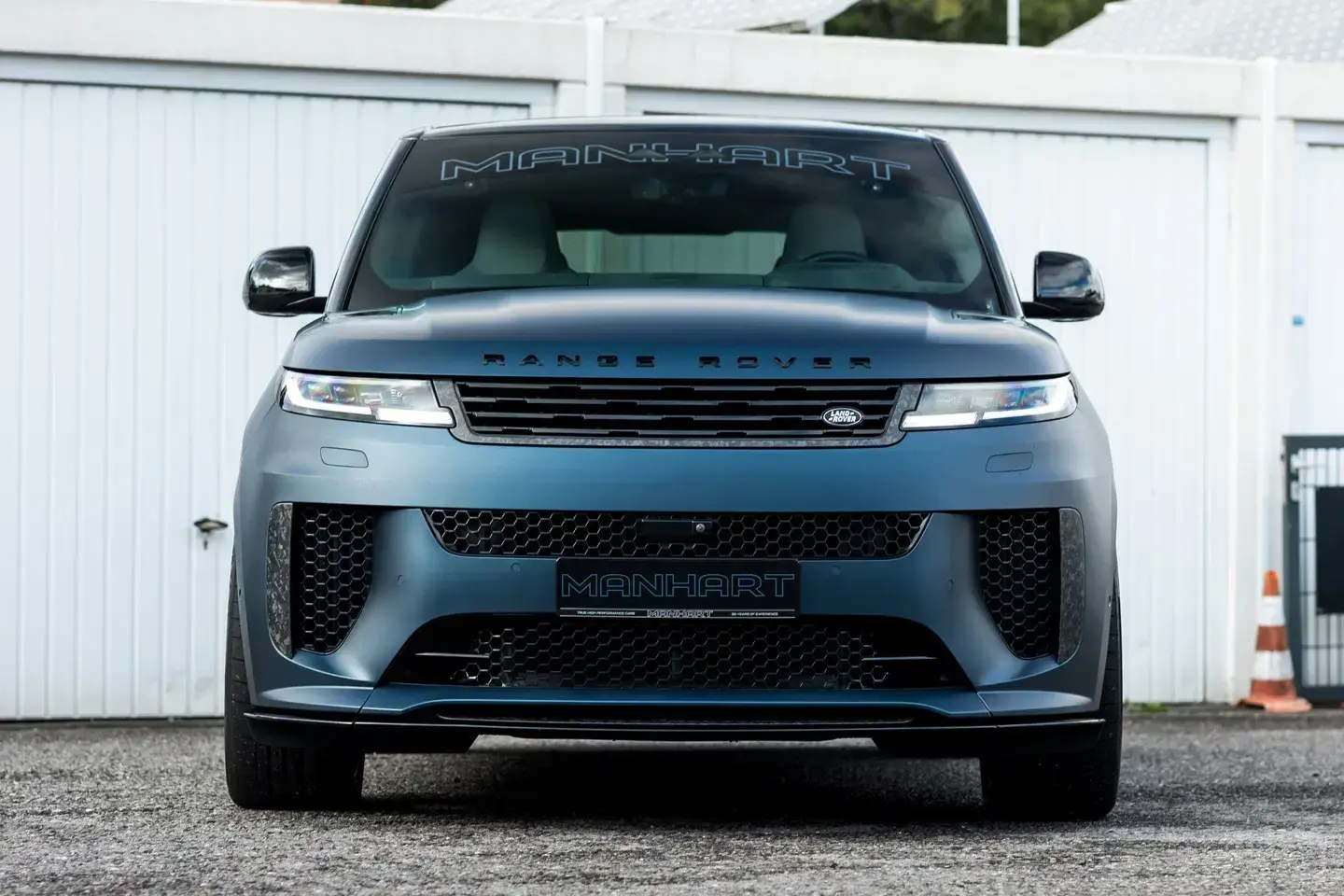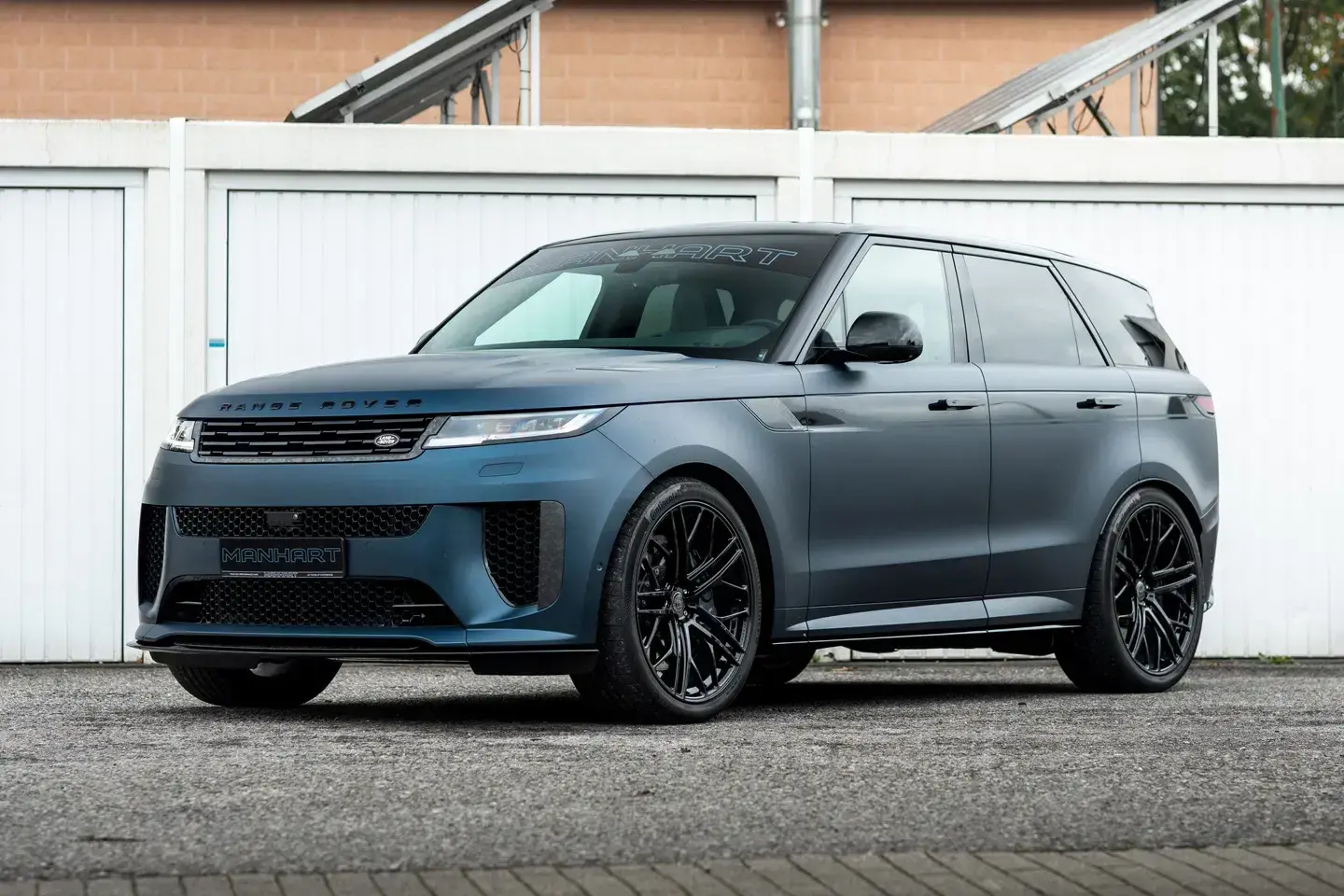
The upgrade transforms Land Rover's performance SUV into a super-SUV contender without erasing the luxury and daily usability owners expect.
For tuners worldwide, BMW's N63 4.4-litre twin-turbo V8 is a known quantity, and Manhart has extensive experience extracting power from it.
Using its software suite, MHtronik, and a bespoke stainless steel exhaust, the tuner raises output from the factory SV figure to an eye-watering 805 hp while increasing torque to 708 lb-ft.
Crucially, Manhart achieved this uplift without replacing turbos or altering internal engine components. The work leans on precision ECU calibration and improved airflow — a reminder of how much hidden headroom modern turbocharged engines can hold.
Specifications and what they mean
- Engine
- BMW N63 4.4-litre twin-turbo V8
- Power
- 805 hp (Manhart MHtronik upgrade)
- Torque
- 708 lb-ft
- Wheels
- 24-inch forged rims (Manhart fitment)
- Chassis / Suspension
- Factory 6D Dynamics with optional lowering kit and revised coupling rods
- Modifications
- MHtronik ECU tuning, stainless steel performance exhaust, livery and branded interior trim
Balance of brute force and refinement
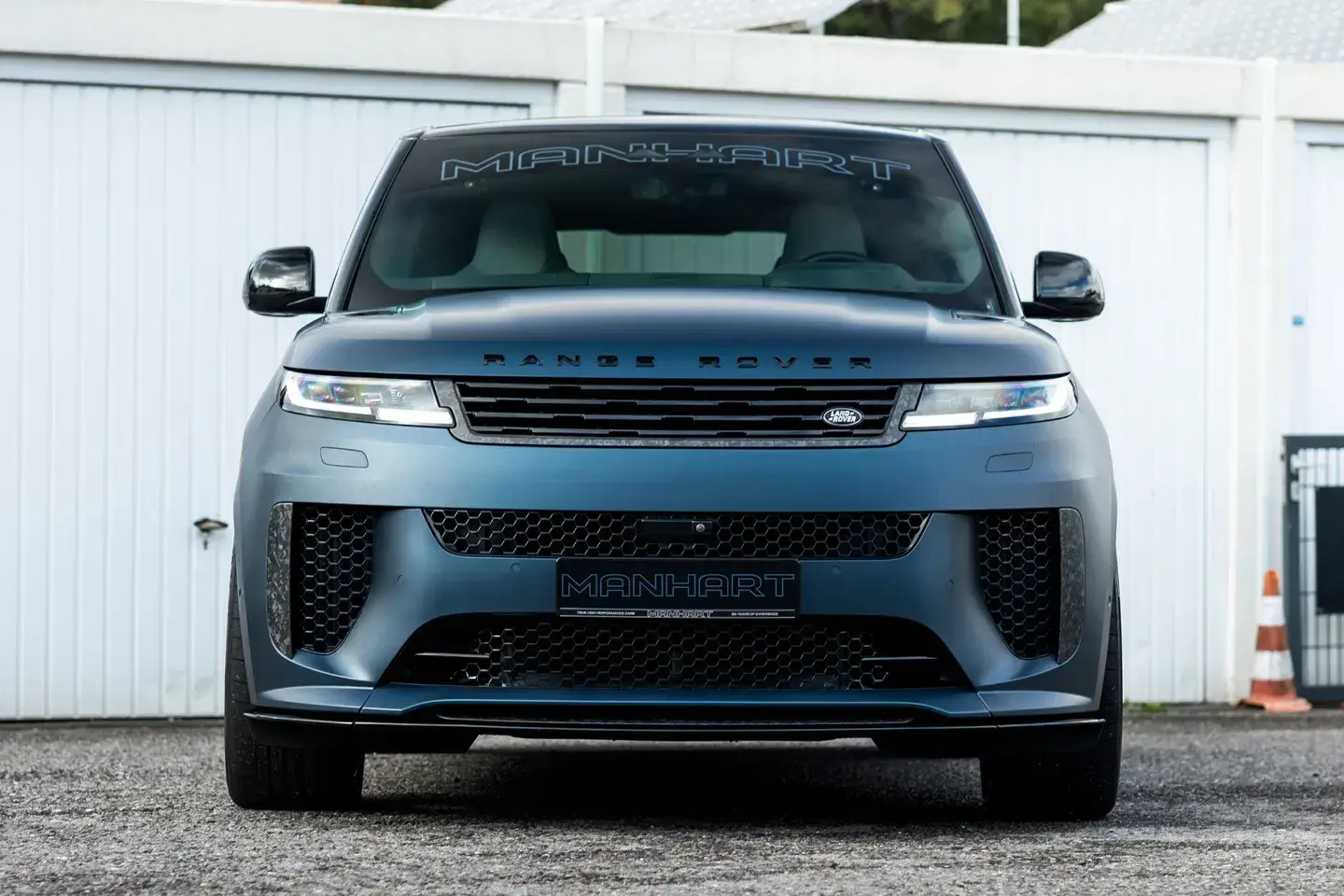
The beauty of this Manhart project is restraint. Land Rover's SV specification already stacks carbon fibre, premium leather, and aerodynamic details in a way that reads lavishly rather than excessively.
Manhart's approach? Add performance and presence while keeping the SV's character intact.
Beyond the power figures, the MHtronik tune broadens the torque curve and sharpens throttle response — changes that are felt more than read on paper. The revised exhaust gives the engine a more assertive note, though purists will miss the old supercharged V8's natural sound. For most buyers, the compromise is worthwhile: far greater performance and better fuel efficiency potential from a modern twin-turbo setup.
Stance, handling and everyday usability
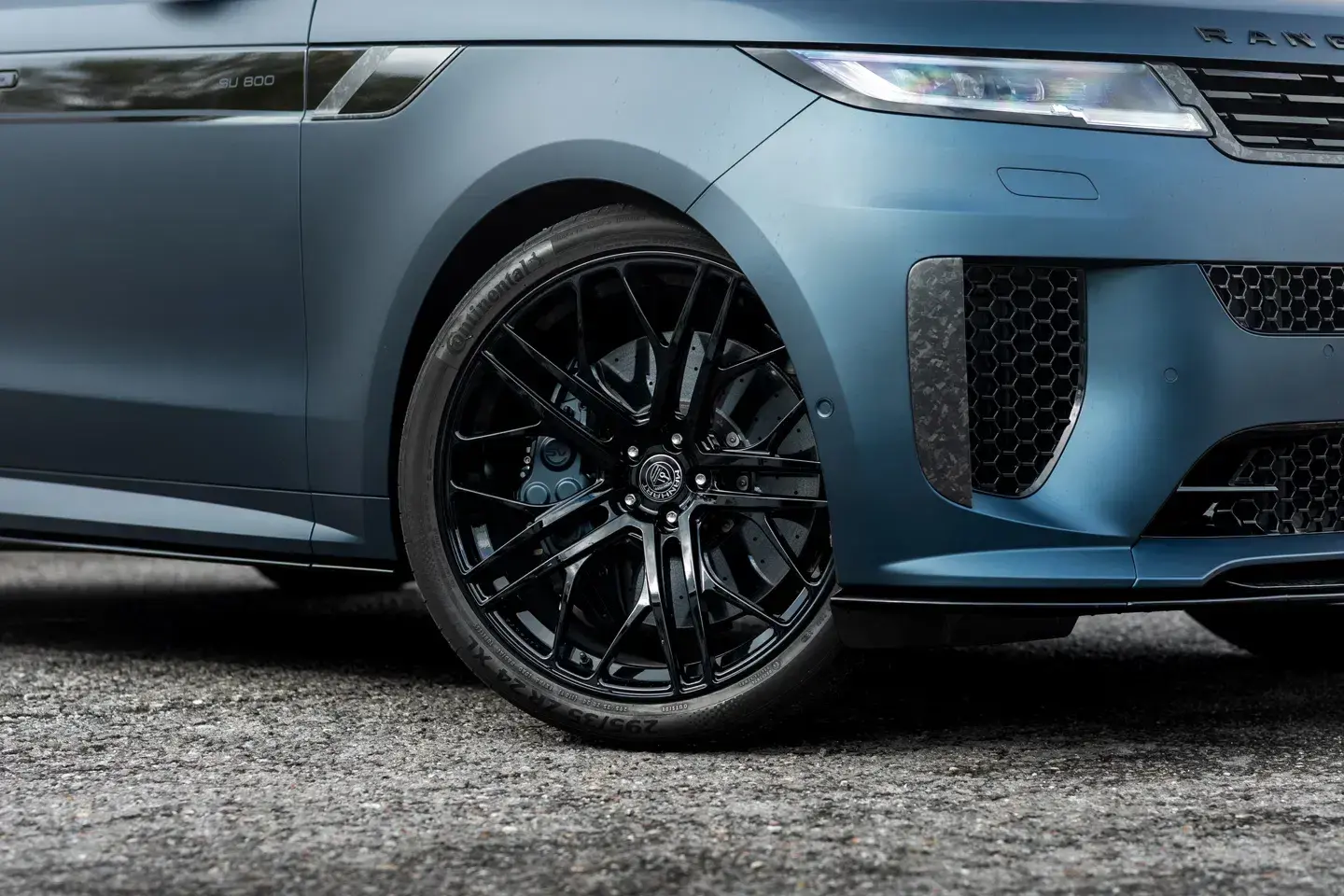
Manhart offers a lowering kit that swaps in new coupling rods for a reduced ride height and a closer relationship with the 24-inch wheels. The tuner describes the result as a "snug fit," and while that's likely putting it mildly, it's an honest nod to buyers who want the SV to look and feel sharper without destroying ride quality.
Despite the added power, the upgrade preserves the SV's daily usability. The MHtronik software is tuned to respect the vehicle's drivetrain protections and the complex suite of chassis controls, so drivability across low-speed manoeuvres and high-speed runs remains assured.
"No engine internals or turbo swaps — just precision software calibration and a freer-breathing exhaust system," — Manhart (on the upgrade approach).
Why this matters to the industry
This project highlights a broader shift in high-performance tuning: as manufacturers favour downsized, forced-induction engines, the competitive advantage moves to software and systems integration. Tuners with deep ECU expertise can extract enormous gains from modern engines while maintaining reliability and efficiency.
It also demonstrates how cross-brand engineering — a British chassis wearing a German heart — creates fertile ground for tuners and aftermarket firms. The result is a compelling hybrid of refinement and raw speed that challenges traditional ideas about what an SUV should be.
Conclusion — a modern super-SUV
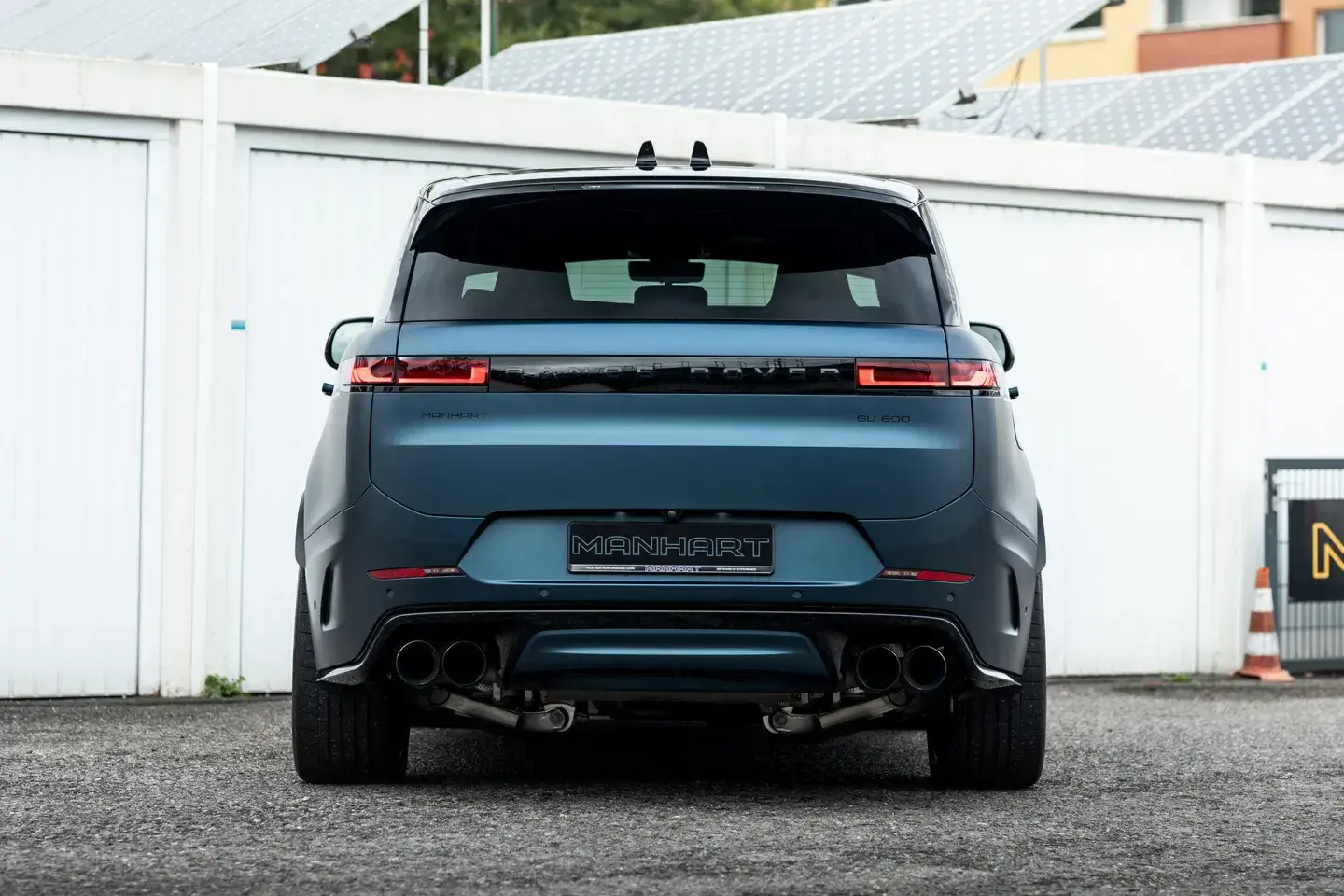
Manhart's 805hp Range Rover Sport SV is more than a numbers exercise. It's a statement: modern turbo V8s, when treated with software finesse and sympathetic hardware, can deliver supercar levels of performance while keeping luxury and everyday usability intact.
For buyers seeking an SUV that blends opulence with unfiltered speed, Manhart's MHtronik-enhanced SV is one of the most convincing answers on the market today.
